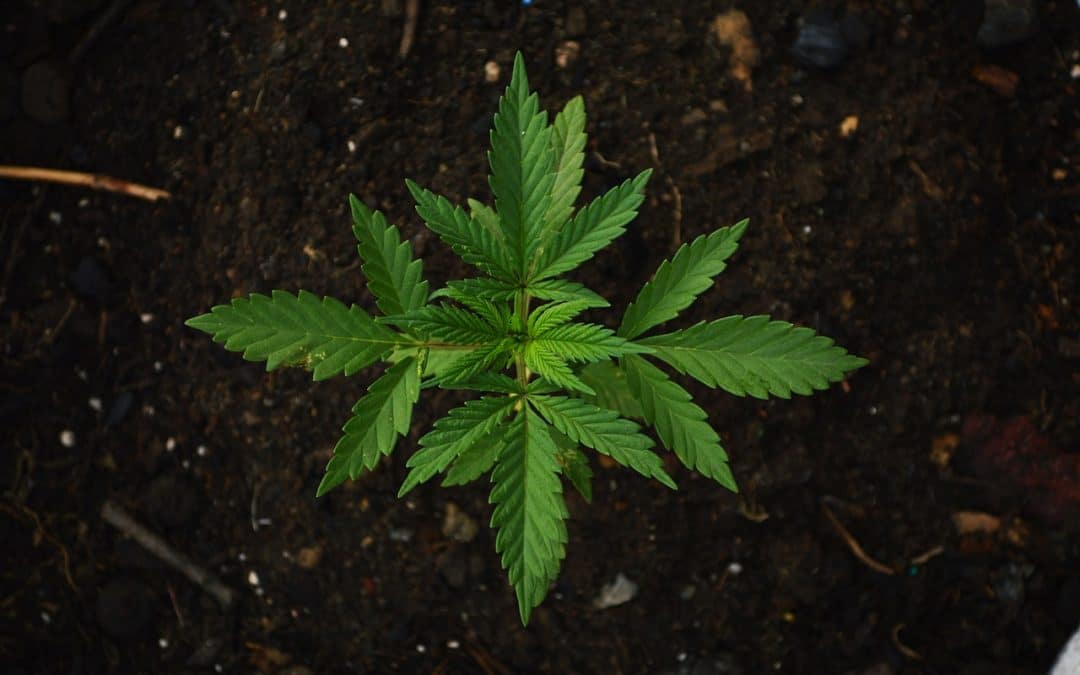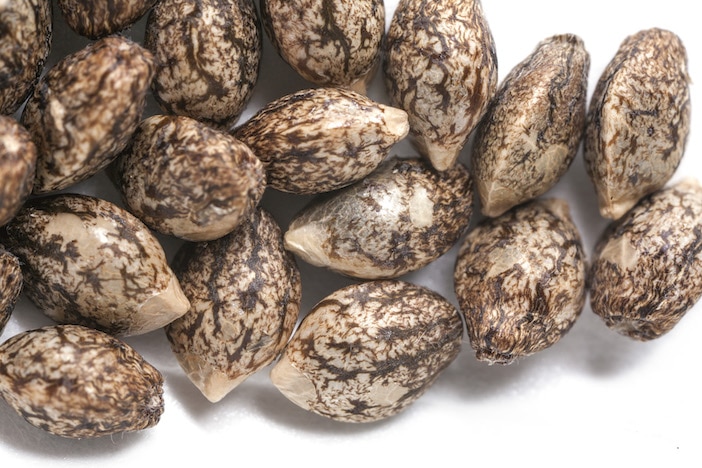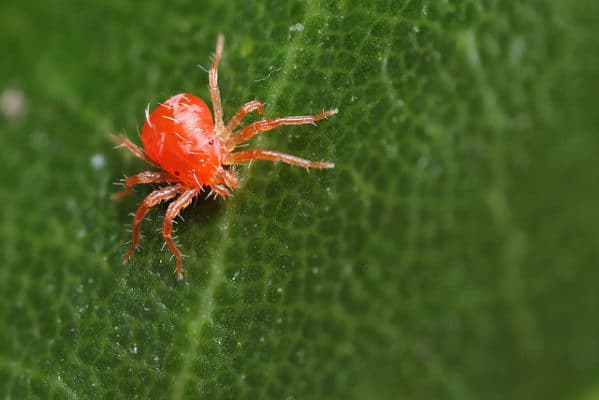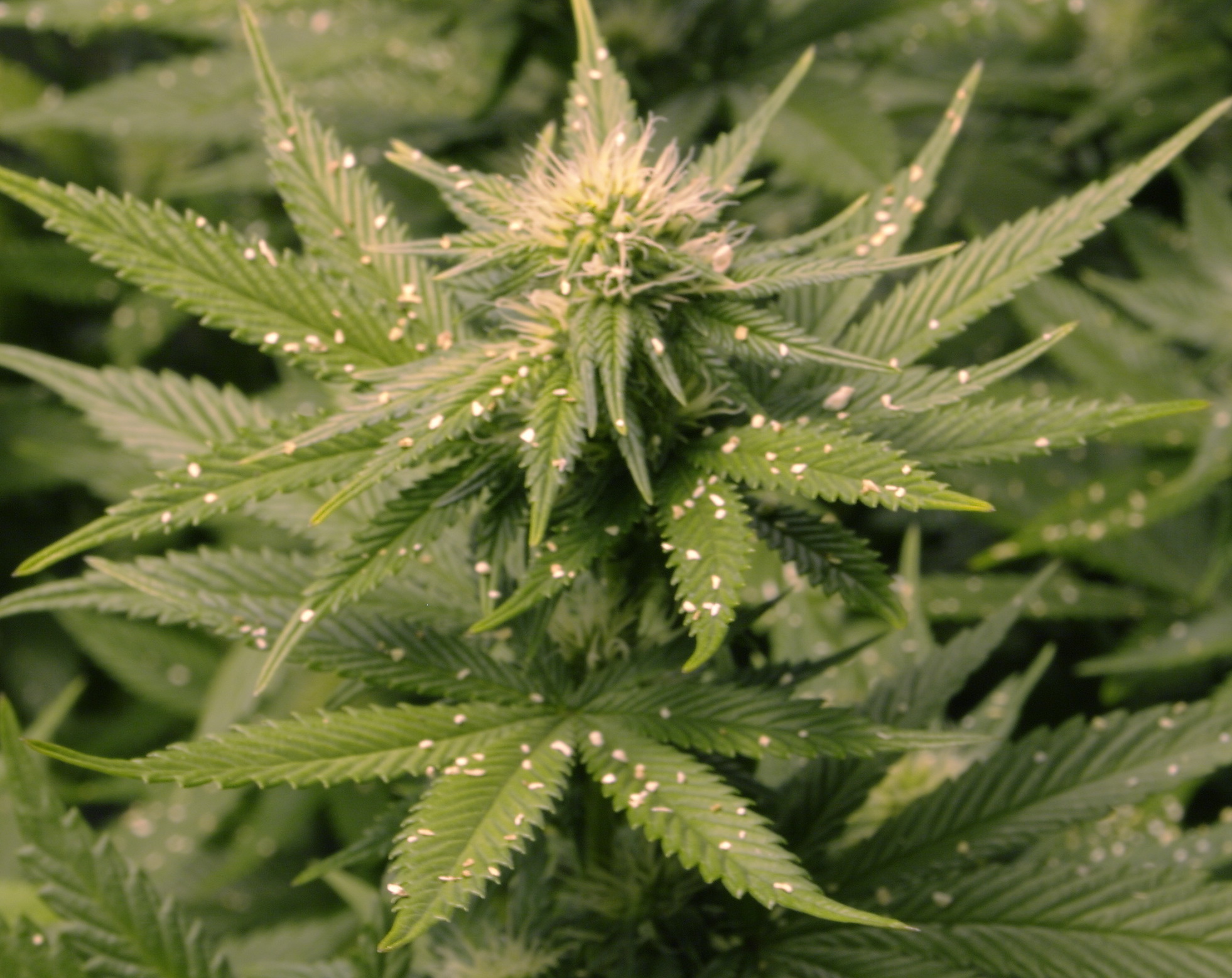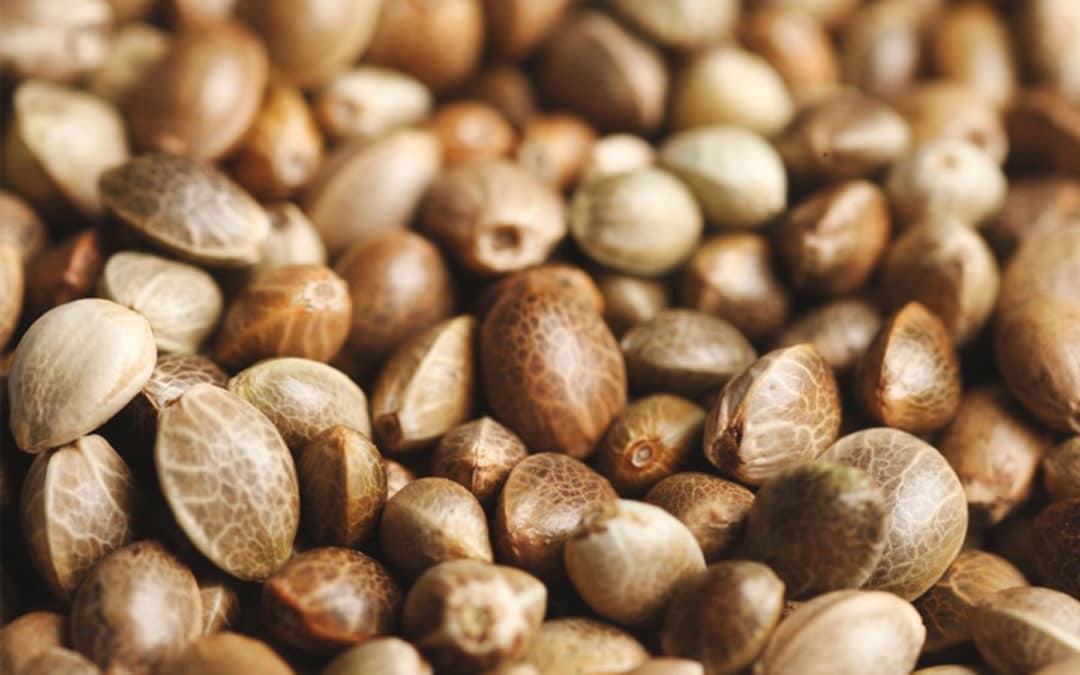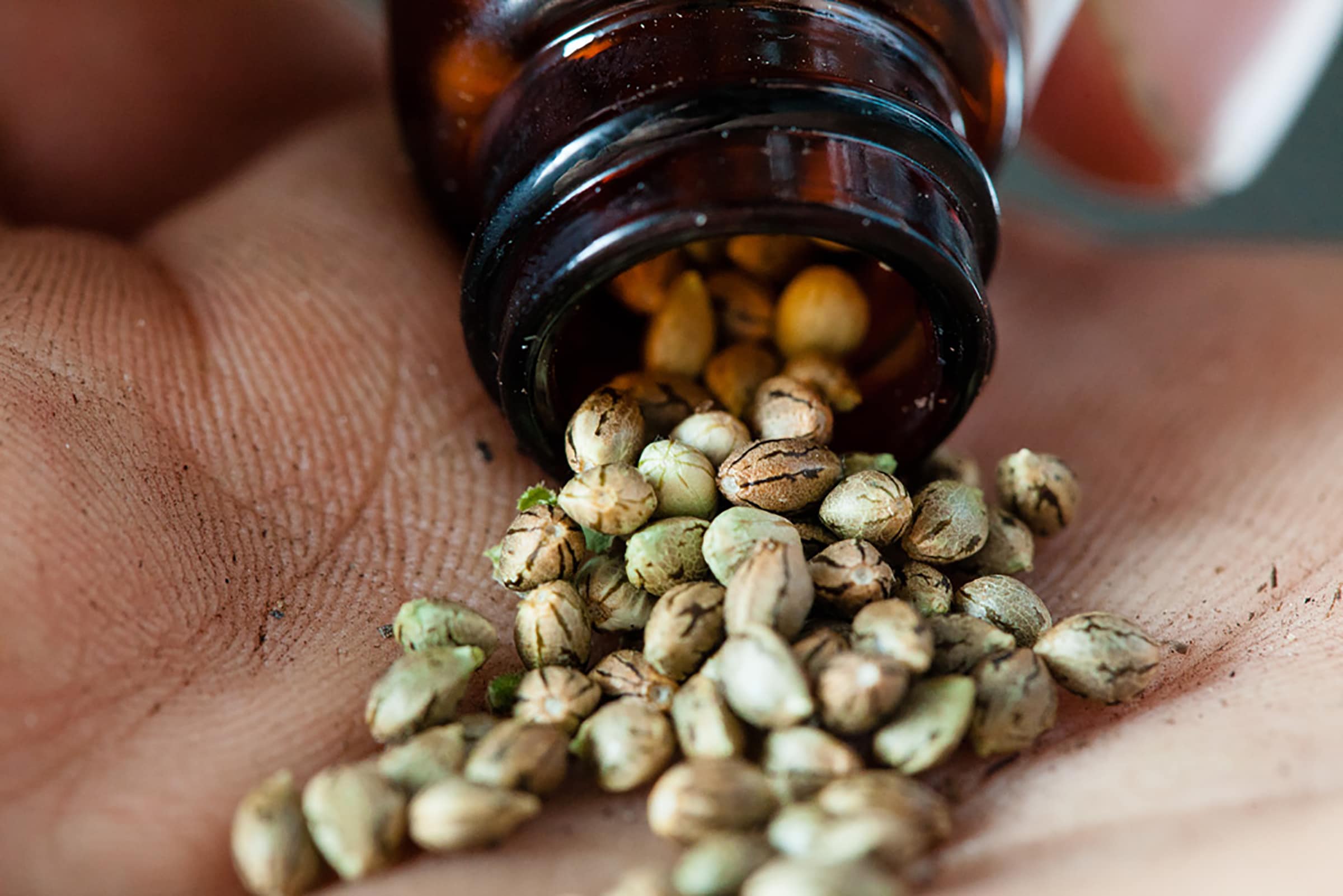
Interpreting Terpenes and Marijuana Strains
Podcast: Play in new window | Embed
Subscribe: Google Podcasts | Spotify | iHeartRadio | Stitcher | Email | TuneIn | RSS

The cannabis industry is an industry of marijuana strains. Some wild marijuana strains fill the shelves of dispensaries in legal and medical states, but the names attached to them don’t actually tell the consumer anything about it. That is why Max Montrose started the Trichome Institute, and invented ‘interpening’ to analyze terpenes and their affects within cannabis, and how it can be used to truly understand marijuana strains.
Max has created a method for analyzing cannabis through what he calls interpening. Simply put, interpening is the interpretation of terpenes. For the uninformed, terpenes are the oils secreted from the cannabis(Link to terpene article)plant which give it specific smells, flavors and effects.
Take Blue Dream for example. One of the most popular marijuana strains out there today, almost every dispensary will carry Blue Dream on their shelves. The Trichome Institute decided to do some market research on this strain to see how authentic it really was. After getting six different grams of Blue Dream marijuana strains, Max and his team found great differences between every Blue Dream they had, from potency, to flavor, to effects. Four of the six strains weren’t even good enough quality so consume.
“Here’s what’s true. A lot of people also don’t care. A lot of people don’t give a shit, and that’s okay.”
Just like people are ok with drinking cheap, low-alcohol content domestic beer, people are ok with smoking low-quality, less potent, but mainly cheaper, marijuana strains. However beer has much stricter standards to ensure the same product every time, meaning cannabis has more risks to not knowing what’s in it, or if it is even the strain that was advertised.
Interpening Terpenes
However this will all be changing in the future as more people learn to analyze their cannabis to ensure its quality. With help from the Trichome Institute and their interpening courses, more and more people will be able to judge quality themselves, instead of just taking the budtender’s word for it.
“We’re the only company that has put together a standard operating procedure for what is cannabis flower quality and how to measure it objectively.”
From our understanding of indica and sativa marijuana strains and what they really mean to analyzing whether these titles even mean anything, Max goes in depth about misconceptions about cannabis and how we can inform the public to create a more knowledgeable consumer market.
Learn all about interpening, the Trichome Institute and the future of strain names on the newest episode of The Real Dirt with Chip Baker!

